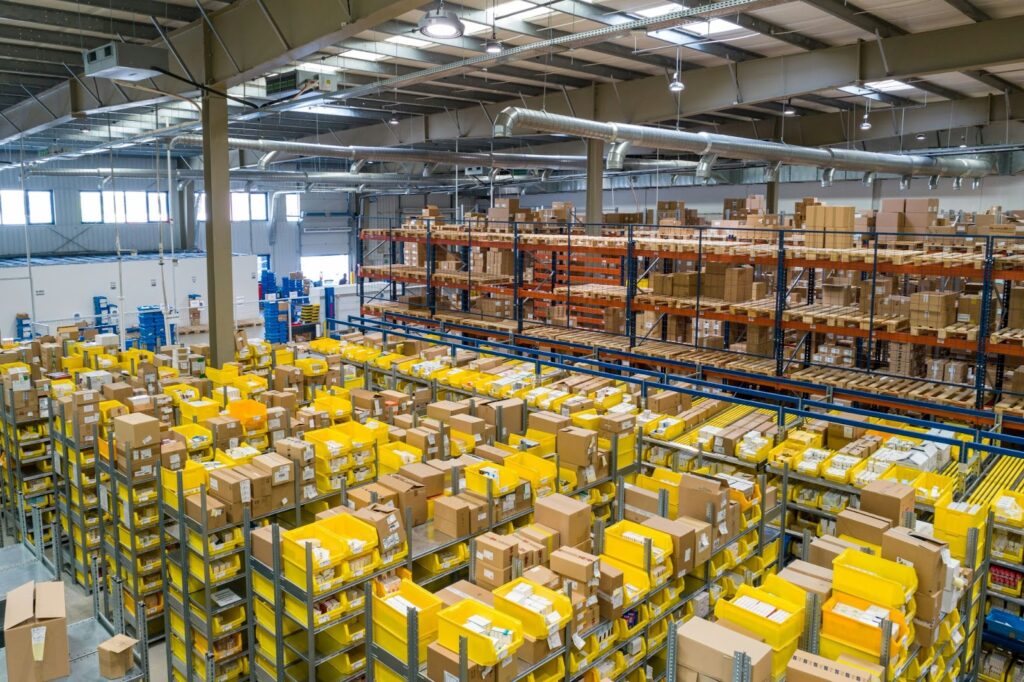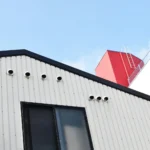When delving into the realm of prefab warehouses, one must grasp the essence of these innovative structures that revolutionize the storage industry.
A prefab warehouse, short for prefabricated warehouse, is a marvel of modern engineering. It is meticulously crafted off-site in specialized facilities, where precision and efficiency intertwine to create a seamless construction process.
Once completed, the components are transported to the designated location for swift assembly, transforming into a robust sanctuary for goods, materials, and equipment.
The allure of prefab warehouses lies in their adaptability to diverse storage needs. Crafted predominantly from resilient materials like steel, these warehouses stand as bastions of durability, safeguarding valuable assets within their fortified walls.
Moreover, the customizable nature of prefab warehouses allows businesses to tailor the storage space according to their unique requirements, ensuring optimal utilization of the available area.
What Is a Prefab Warehouse?
A prefab warehouse is a type of building that is manufactured off-site and then assembled at the intended location. They are designed to offer a quick and efficient solution for storing goods, materials, and equipment.
These warehouses are typically made from durable materials such as steel and can be customized to meet specific storage requirements.
Key Features of Prefab Warehouses
Prefab warehouses come with a range of features that make them an attractive storage solution for businesses:
- Cost-effective construction process
- Quick installation and assembly
- Durable and long-lasting
- Flexible design options
- Scalable for future expansion
- Energy-efficient
Embracing the ethos of sustainability, prefab warehouses stand as beacons of energy efficiency, harmonizing functionality with environmental consciousness. Their design not only prioritizes operational efficiency but also minimizes the carbon footprint, paving the way for eco-friendly storage solutions.
The scalability of prefab warehouses is a testament to their foresight, allowing businesses to expand seamlessly as their needs evolve, without compromising the structural integrity.
In essence, prefab warehouses epitomize the fusion of innovation and practicality, offering a sanctuary for goods while embodying the principles of efficiency and adaptability.
As businesses navigate the dynamic landscape of storage requirements, prefab warehouses emerge as stalwart companions, ready to cater to the ever-changing needs of the industry.










